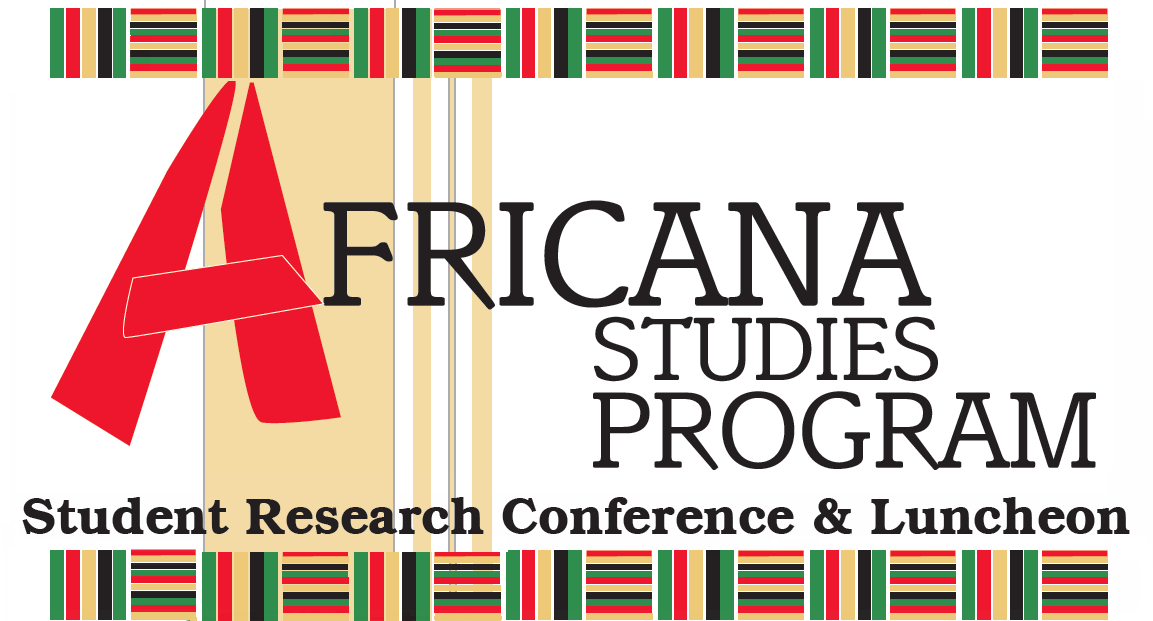Degree Program
Graduate
Major
Art History
Abstract
This paper provides an overview of historical textile production in Ethiopia through a visual analysis of regional style and motif variations, with a subtext consideration of the new developments and possibilities that surround the growing interest in Ethiopia’s emerging role in the global textile industry.
In many ways Ethiopian textiles as part of art history remain understudied or at least under-published, and accordingly, without the benefit of primary research, the scope of this paper is general in nature. Combined with historical and visual analysis based on secondary sources, consideration is also given to recently published information by organizations including The Textile Industry Development Institute of Ethiopia and new investors in this part of the African industry, such as Swedish fashion giant H&M.
A visual review of the cultural and historical variations in Ethiopian cloth and symbolism, across regional, ecclesiastical, and garment-based applications, forms the basis of a view toward the country’s current goal to become an apparel hub. Ethiopia has long been an important center for handmade cloth and textile production in East Africa. As indicators of status and importance, garments and textiles from this region reflect the ebb and flow of style, trade, and modernization through their incorporation of imported prestige materials along with locally produced artistry in color and pattern variations. The resilience exhibited by the weavers and embroiderers of Ethiopia, on both large and small scale, seems to support this country’s efforts to expand its position in the global textile market.
Start Date
13-2-2015 10:40 AM
End Date
13-2-2015 11:50 AM
Included in
Made In Ethiopia?
This paper provides an overview of historical textile production in Ethiopia through a visual analysis of regional style and motif variations, with a subtext consideration of the new developments and possibilities that surround the growing interest in Ethiopia’s emerging role in the global textile industry.
In many ways Ethiopian textiles as part of art history remain understudied or at least under-published, and accordingly, without the benefit of primary research, the scope of this paper is general in nature. Combined with historical and visual analysis based on secondary sources, consideration is also given to recently published information by organizations including The Textile Industry Development Institute of Ethiopia and new investors in this part of the African industry, such as Swedish fashion giant H&M.
A visual review of the cultural and historical variations in Ethiopian cloth and symbolism, across regional, ecclesiastical, and garment-based applications, forms the basis of a view toward the country’s current goal to become an apparel hub. Ethiopia has long been an important center for handmade cloth and textile production in East Africa. As indicators of status and importance, garments and textiles from this region reflect the ebb and flow of style, trade, and modernization through their incorporation of imported prestige materials along with locally produced artistry in color and pattern variations. The resilience exhibited by the weavers and embroiderers of Ethiopia, on both large and small scale, seems to support this country’s efforts to expand its position in the global textile market.


